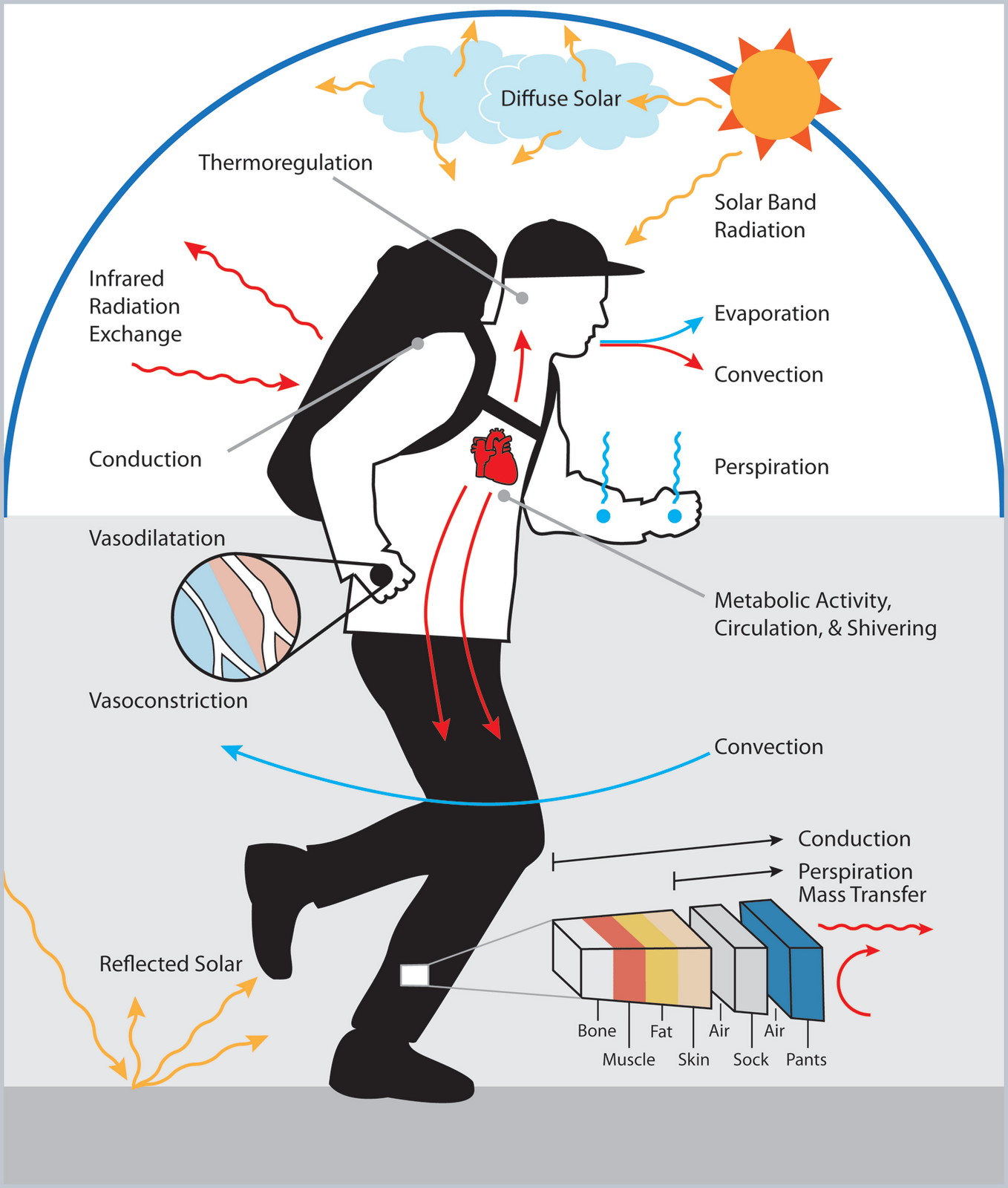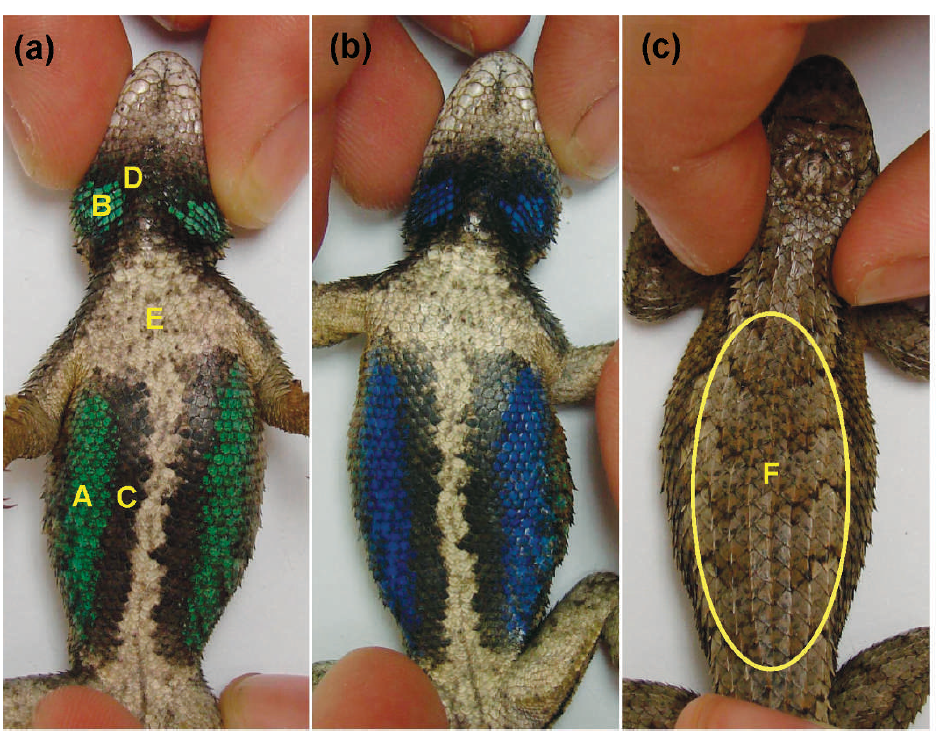Space, many times defined as the last boundary for human beings. Is that true? Are we going to stay on Earth forever? Is the interplanetary spaceflight just a dream? Not at all, but almost. As you may know, it is commonly accepted that space starts above 100 km of altitude above the Earth’s sea level, in the Karman line. Around this line, environmental conditions are extreme. No atmosphere, so no protection against radiation, extreme temperatures and debris, along with vacuum conditions make space environment totally different from Earth. These article series are focused on Space Thermal Control, temperature management will be the main discussion topic.
Let’s begin with some questions!
What do you think thermal control is? What strategies may be used as part of a thermal control subsystem? What role does it play in space missions? Why is it essential?
I will try to give an answer to all of them in the following lines. However, first of all I would like you to think about what people or animals usually do when temperature varies.
Human Thermoregulation
For instance, the human body has the capacity to regulate its own temperature by several means, such as the sweating process, in order to decrease the body temperature, shivering, to keep the body warm, erection of hairs, secretion of some specific toxins, etc. Moreover, people do not use the same clothes in winter or summer, which is another strategy used to control the body temperature. So, coming back to the questions mentioned before,
- What is thermal control?
Thermal control can be defined as the capacity of any system to manage the thermal conditions of its components.
For instance, when talking about the human body, thermal control makes reference to several processes performed in order to adapt to different temperatures. Another example could be the heating system of a house. This kind of systems achieves the required temperature through different means, such as radiators, thermostats, chimneys and furnaces.
- What strategies may be used as part of a thermal control subsystem?
The thermal control subsystem is composed of several components, mechanisms, sensors and strategies that allow to carry out the temperature management process.
As the answer to this question is very general, I would like to give you some examples. As it has been mentioned before, a house heating system would use radiators, furnaces, thermostats and chimneys for regulating the temperature. On the other hand, animals would use its own strategies for regulating the temperature: sweating, shivering and hair erection are strategies used by animals to control their body temperature. The average adult has 3 million sweat glands! Moreover, aquatic mammals have an adipose layer which acts as an insulation layer. Another example of thermal control in animals is related to their ability to modify the properties of their bodies’ surfaces: Humans use different clothes depending on the season, birds and furry animals also modify the flatness of feathers and furs while some frogs and lizards can change their body colours in order to modify reflection coefficients.
Thermoregulation through colour changes
Regarding thermal control in space I will give you a brief introduction to the existing strategies.This matter will be explained in a deeper way in future articles. They can be classified in passive or active means depending on its capacity to move and to consume power. Some examples of active strategies are heaters, louvres and heat pipes while passive strategies can be the use of radiators, insulation and surface finishes, among others.
Last but not least,
- What role does thermal control play in space missions? Why is it essential?
In space, the thermal control subsystem plays a major role due to the fact that temperatures may vary from extremely low values to many hundreds of degrees, depending on the orbit, distance from the sun, attitude of the satellite and so on. Electronic devices and other components, such as batteries, operate within a specific range of temperatures, usually far from the environmental conditions. Furthermore, when talking about human spaceflight, other aspects should be taken into account in order to ensure the survival of humans during the mission. Hence, requirements are more demanding, so thermal control design is more complex than the one developed in unmanned missions.
To sum up, I would like to highlight that space is a radically new environment so the thermal control subsystem design becomes complex and, at the same time, very interesting. In future articles I will explain space heat sources, means for thermal control and new technologies which could play a major role in future space missions. Keep reading!
Some sources:
- [1] David G. Gilmore, Spacecraft Thermal Control handbook. 2nd ed. Vol. I: Fundamental Technologies. The Aerosapace Press, 2002. 837 pp.
- [2] José Meseguer and Isabel Pérez-Grande and Ángel Sanz-Andrés, Spacecraft Thermal Control.
- [3] Tracy Langkilde and Katherine E. Boronow. Hot Boys Are Blue: Temperature-Dependent ColorChange in Male Eastern Fence Lizards.
- [4] University of Hawaii. Thermoregulation. [Online]. 2015. url:http://www.spinnerdolphin.net/Timeline/1975/09/27/university-of-hawaii-publishes-paper-on-thermoregulation-in-hawaiian-spinner-dolphin/ (visited on 28/12/2015).
- [5] Homeastasis. Thermoregulation. [Online]. 2015. url:http://bio119homeostasis.blogspot.com.es/2011/03/energy-and-homeostasis.html (visited on 28/12/2015)






